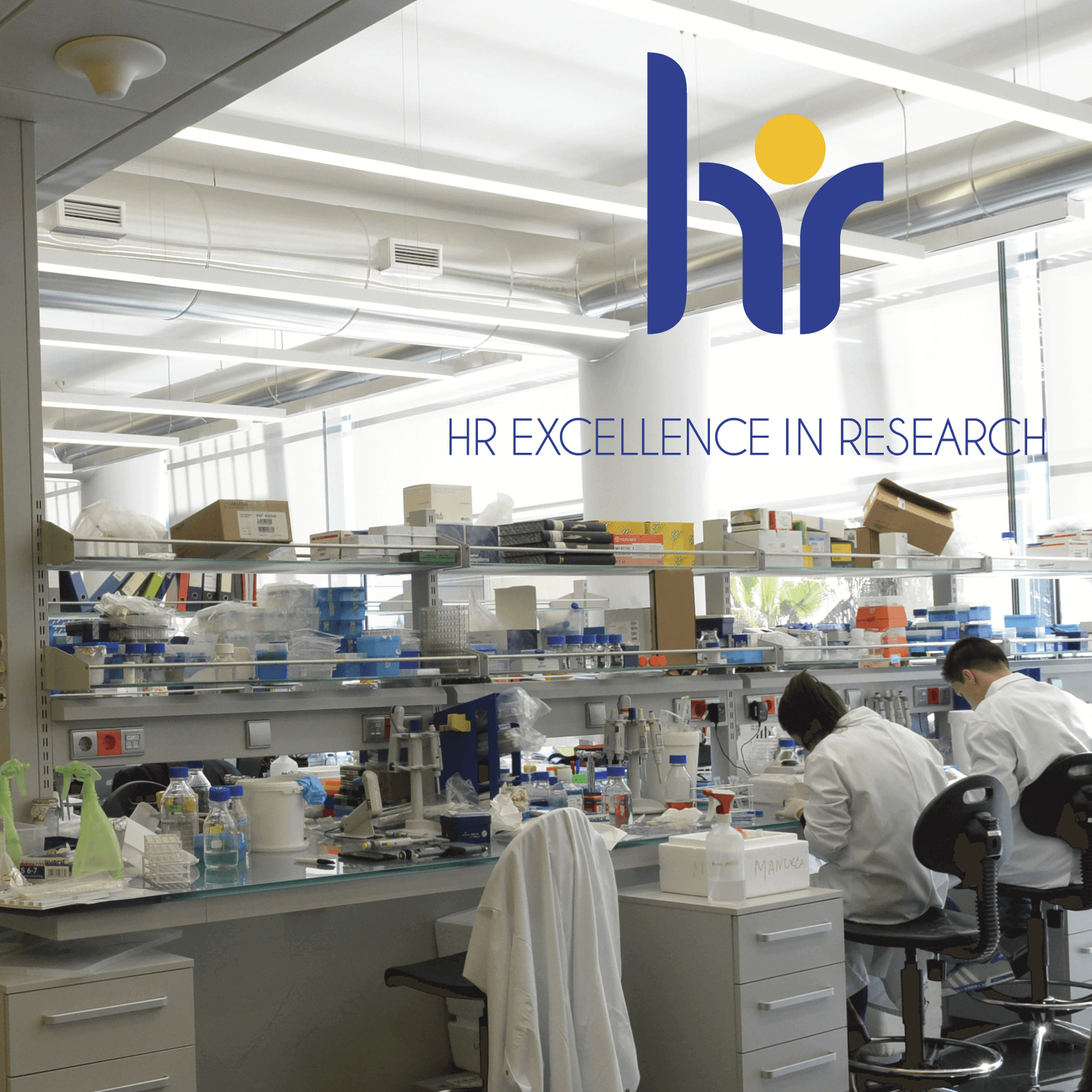10 Feb. 2023
Senior Technician position at the Behavior and Metabolism Laboratory (ST Ribeiro Feb2023)

Application Starts: 10 Feb. 2023
Application Ends: 24 Feb. 2023
Champalimaud Foundation (Fundação D. Anna de Sommer Champalimaud e Dr. Carlos Montez Champalimaud), a private, non-profit research institution in Lisbon, Portugal, is looking for a Senior Technician to join our team at the Champalimaud Research Program.
The selected candidate will
Develop and use behavioral tracking systems combined with computational approaches and Drosophila neurogenetics to analyze the impact of neuronal and cell specific molecular manipulations on foraging computations.
Research Field
Neurosciences
06 February 2023
Study suggests the brain works like a resonance chamber
It’s been over 20 years since neuroimaging studies – using functional magnetic resonance imaging (fMRI), a widely-used technology to capture live videos of brain activity – have been detecting brain-wide complex patterns of correlated brain activity that appear disrupted in a wide range of neurological and psychiatric disorders. These patterns form spontaneously, even at rest when no particular task is being performed, and have been detected not only in humans but also across mammals, including monkeys and rodents.
31 January 2023
Almost two million euros to understand how the fruit fly brain computes and corrects trajectory errors
When we try walking in a straight line with our eyes closed, after a few steps forward we inevitably deviate from our intended path. But somehow our brain knows it – senses it –, and enables us to more or less correct that deviation error. To do it, we decide to inflect to our body a movement toward the opposite side of the deviation as we take our next step.

